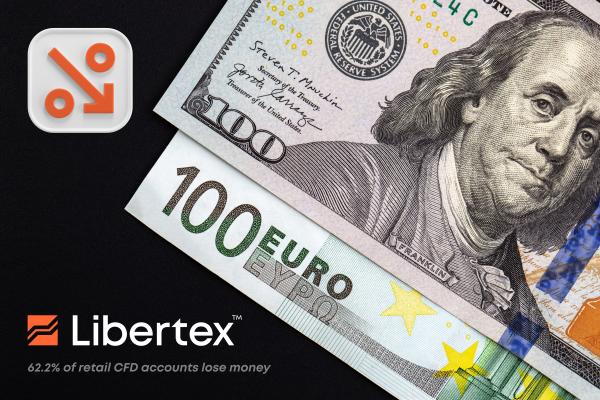It wasn't too long ago that we wrote about EUR/USD reaching parity for the first time in two decades. Well, now the Fibre has hit another new low, recording its first daily close below 1:1 since 2002. In recent trading, the cross rate fell from a high of 1.0046 to a low of 0.9926 and is down by some 1% on the day ahead of the much-anticipated Jackson Hole Economic Symposium.
To make matters worse, many forex strategists believe this is just the beginning of a long bear market for the EU single currency and that we ought to prepare for further declines in the months ahead. So, what's behind the euro's terrible performance of late, and what are the implications for investors, traders and ordinary consumers?
Inflation, inflation, inflation
While it's true that the entire world is under inflationary pressure at present, no region has been harder hit than Europe. According to Eurostat, nearly half of the 19 countries in the eurozone have now reached double-digit annual inflation. The reasons for this are many, but chief among them is the lack of wriggle room the ECB left itself in terms of interest rates.
Having been near or below zero for the best part of the last decade, the European regulator was simply unable to react as hawkishly as the Fed and other world central banks when post-pandemic price pressure began to bite.
Local political instability and associated energy uncertainty have also played a significant role in rising prices. With electricity and other fuel sources up an average of 50%, there has been an unavoidable knock-on effect on manufacturing costs and, consequently, the price of finished goods.
The cash is always greener…
Another undeniable factor behind the Fibre's recent dip below parity is the extreme strength of the US dollar. Although the Federal Reserve does deserve some credit for its ambitious and timely rate hike programme, the source of the greenback's strength goes much deeper than monetary policy. Whatever anybody says, the US dollar is still the world's reserve currency, and, as such, it's considered a safe harbour during times of economic uncertainty.
Higher Treasury bond yields as a result of Fed rate increases obviously contribute to the dollar's attractiveness. Not to mention the fact that oil and many other currently highly valued commodities are denominated in US dollars. It's important to note, however, that a strong dollar is not especially desirable for Washington as it makes US exports more expensive. As many Fed representatives head into Jackson Hole calling for another 0.75-basis point hike in September, the possibility of American gas heating European homes this winter seems remote, to say the least.
So, where are we headed?
As Europe edges ever closer to recession and with the US not far behind, it's hard to predict where the EUR/USD will end up in the short- to medium-term. And some might well argue that it's the least of our worries. It's easy to forget that rising US interest rates don't just strengthen the dollar; they also mean higher mortgage payments for ordinary borrowers and reduced consumer spending. This is another important factor that is leading ECB policy makers to take a more tentative approach to Eurozone interest rates.
With a majority of Fed officials clearly dead set on continued hawkish policy, the Fibre is likely to continue on its downtrend in the coming months, though much will depend equally on the actions of both the European regulator and its US counterpart, as well as the external geopolitical and economic context in the region. Following Powell's Jackson Hole address this Wednesday, all eyes will now be on the European Central Bank as it prepares to release the minutes of its previous meeting on Thursday, 25 August.
Trade EUR/USD CFDs with Libertex
Wherever you think the world's major pairs will move in the short term, you always have the opportunity to take your choice with Libertex. Because Libertex offers both long and short CFD positions in the globe's biggest cross rates — including EUR/USD, GBP/USD and USD/JPY — you're sure to find a pair interesting for trading. For more information or to create your very own Libertex trading account, visit https://libertex.com/sign-up.
Risk Warning: CFDs are complex instruments and come with a high risk of losing money rapidly due to leverage. 62.2% of retail investor accounts lose money when trading CFDs with this provider. Tight spreads apply. Please check our spreads on the platform. Available for retail clients on the Libertex Trading Platform. You should consider whether you understand how CFDs work and whether you can afford to take the high risk of losing your money.


